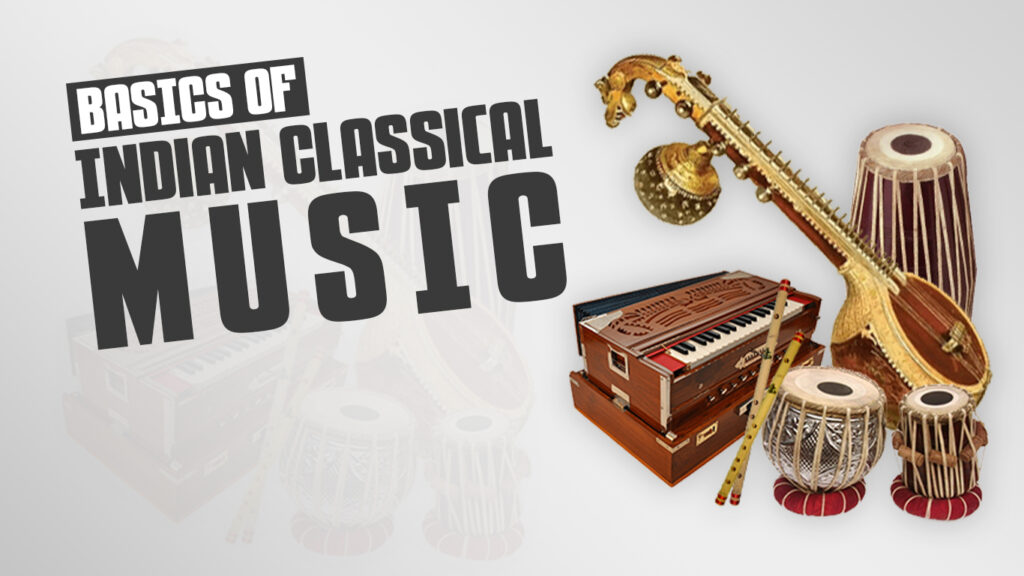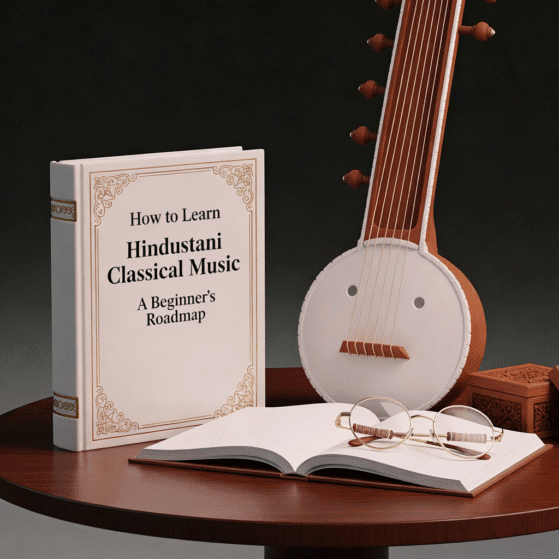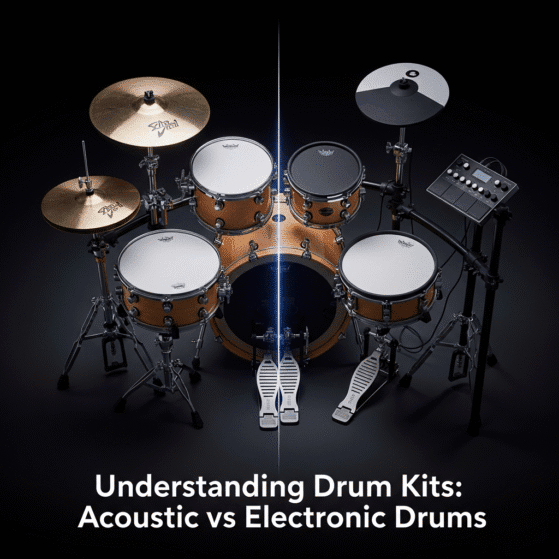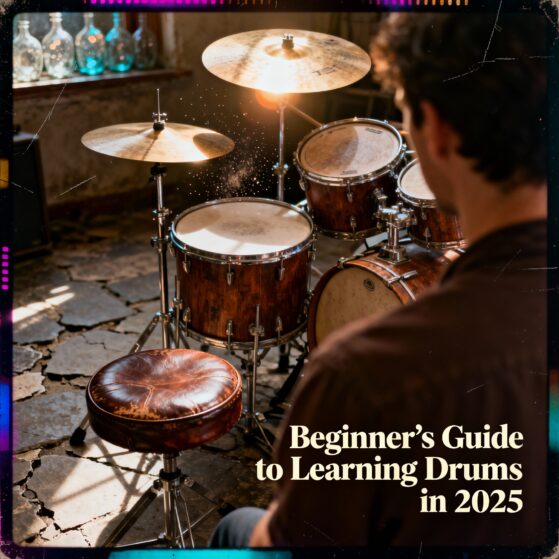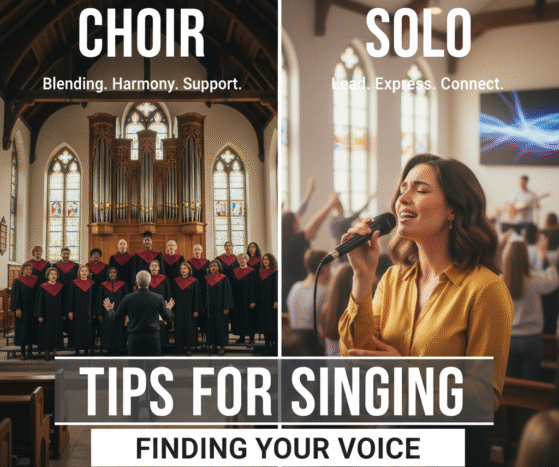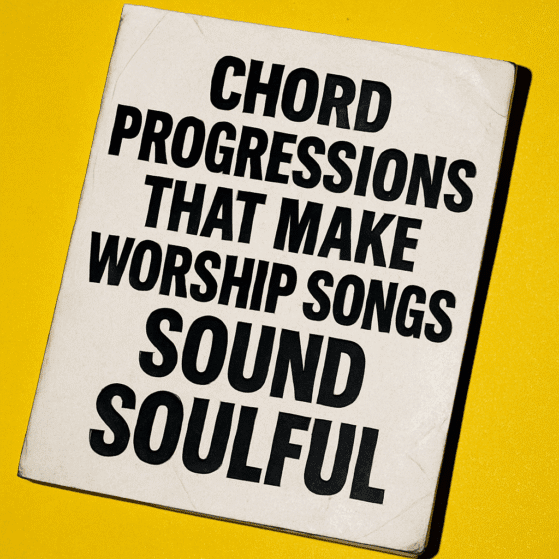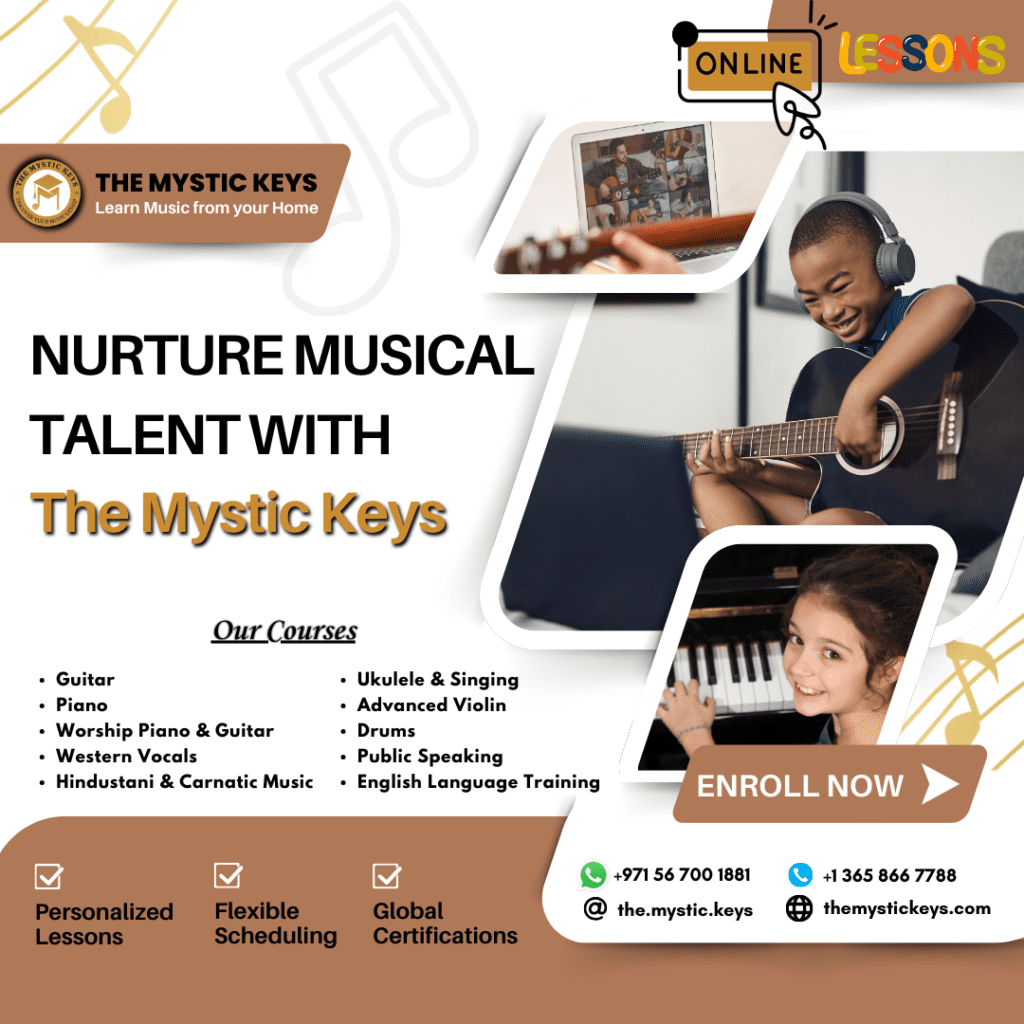A Melodic Exploration | The Basics of Hindustani Classical Music
Hindustani classical music, a prominent branch of Indian classical music, is rich in history, intricacy, and depth. It traces its origins to the Vedic period, evolving over centuries into a sophisticated art form. This music system is a blend of the diverse cultural influences from ancient India, Persia, and Central Asia, giving it a unique character. Let’s explore the fundamental aspects of Hindustani classical music, from its theoretical underpinnings to its performance practices.
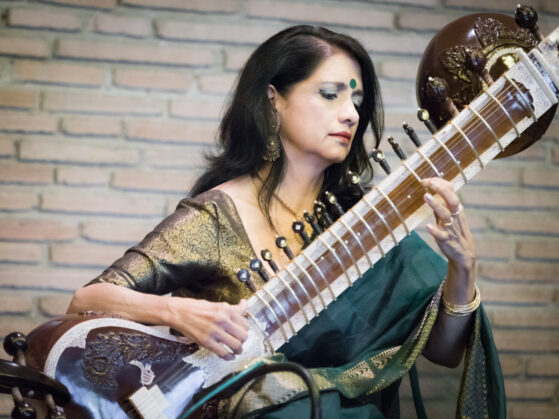
Historical Background
Hindustani classical music has its roots in the ancient Vedic traditions, where chants and hymns formed the earliest examples of structured music. The musical knowledge from this era is documented in texts like the “Samaveda.” Over time, the music system evolved, particularly during the medieval period, when it absorbed influences from Persian and Central Asian musical traditions due to the Mughal rule. This fusion gave birth to a distinctive style, which came to be known as Hindustani classical music, predominantly practiced in the northern regions of India.
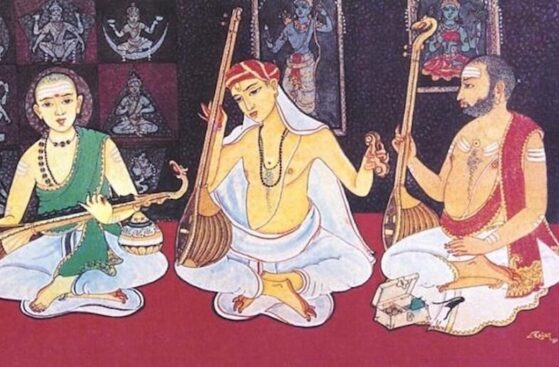
Theoretical Framework
The theoretical foundation of Hindustani classical music is built upon two main concepts: Raga and Tala.
Raga
A raga serves as a melodic framework for improvisation and composition. It goes beyond a simple scale, providing a complex structure that dictates which notes to use, their specific order, and how to render them. Each raga conveys a distinct mood or emotion, with hundreds of ragas, each possessing unique characteristics. We classify ragas based on the time of day, season, and intended emotional expression, referred to as the “Rasa.”
Components of Raga:
- Arohana and Avarohana: The ascending and descending order of notes.
Aarohana in Raaga Yaman
Avarohana in Raaga Yaman
- Vadi and Samvadi: The most important (king) note and the second most important (minister) note.
Vadi (Ga) & Samvadi (Ni) in Raaga yaman
- Pakad: A characteristic phrase that defines the essence of the raga.
Pakad in Raaga yaman
Tala refers to the rhythmic aspect of Hindustani classical music. It is a cycle of beats that provides the temporal framework for the music. There are numerous talas, each with a specific number of beats and a unique structure. The beats are grouped into sections called “Vibhag,” which help us in understanding and performing the tala.
Common Talas:
- Teentaal: 16 beats
- Ektaal: 12 beats
- Jhaptaal: 10 beats
- Rupak: 7 beat
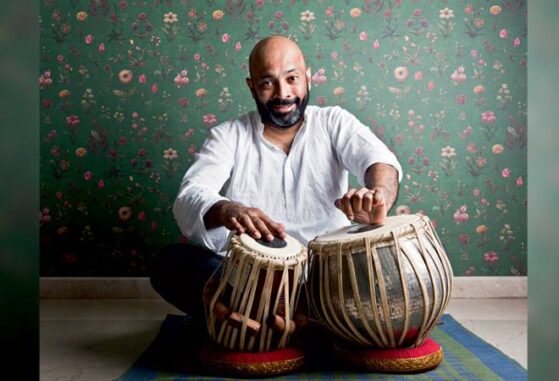
Instruments
Hindustani classical music employs a variety of instruments, each contributes to the richness of its sound. Some of the prominent instruments include:
- Sitar: A plucked string instrument with a long neck and gourd body.
- Tabla: A pair of hand drums with a distinctive sound.
- Sarod: A fretless string instrument known for its deep, resonant tones.
- Tanpura: A long-necked string instrument that provides the drone, essential for maintaining the pitch.
- Harmonium: A keyboard instrument that often accompanies vocal performances.
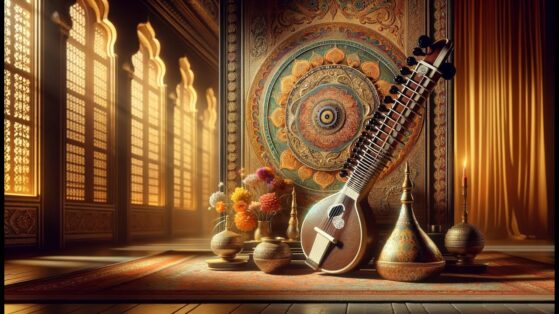
Performance Structure
A typical Hindustani classical music performance follows a structured format, allowing the artist to explore and express the raga fully.
- Alap: A slow, improvisational introduction that explores the raga without rhythmic accompaniment.
- Jod: A section where a steady pulse is introduced, but without the tabla.
- Jhala: A faster, rhythmic section with a lively tempo.
- Gat/Bandish: The main composition set to a specific tala, where the tabla joins in. This section includes improvisations like “Taans” (rapid melodic passages) and “Bol Taans” (rhythmic patterns).
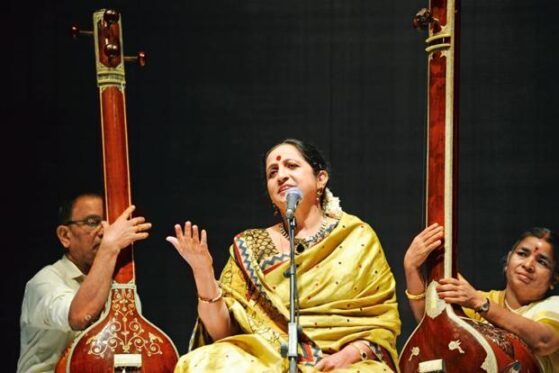
Vocal Music
Vocal music is a significant aspect of Hindustani classical music. Some of the key vocal forms include:
- Khayal: The most popular vocal form, characterized by its flexibility and scope for improvisation.
- Dhrupad: An ancient and solemn form, known for its strict adherence to rhythm and structure.
- Thumri: A lighter, romantic form often dealing with themes of love and devotion.
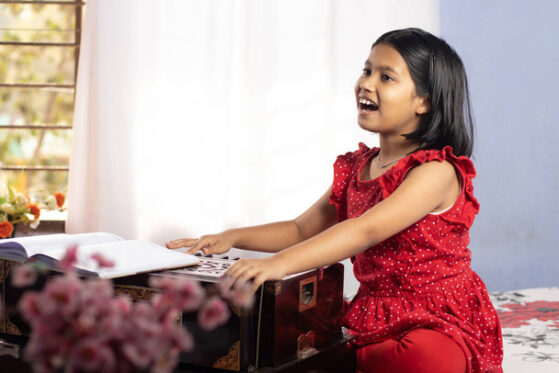
Learning and Practice
Learning Hindustani classical music is a lifelong journey. Traditionally, the Guru-Shishya (teacher-student) tradition is to follow, where the student learns through rigorous and disciplined training under the guidance of a guru. Practice, or “Riyaz,” is essential, involving daily sessions to perfect the nuances of ragas and talas.
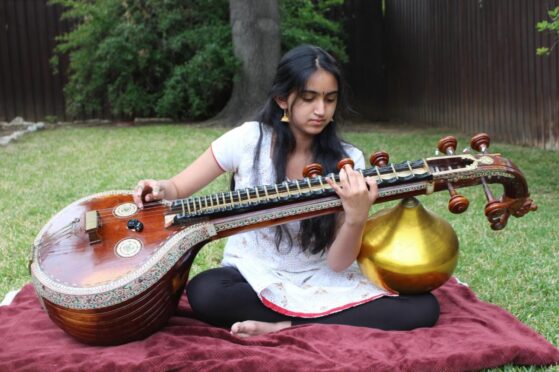
Conclusion
Discover the richness of Hindustani classical music with The Mystic Keys. Dive into its deep historical roots, complex theoretical framework, and intricate rhythms. Our courses emphasize the art of improvisation, emotional expression, and the enchanting melodies of ragas and captivating beats of talas. Explore this fascinating and rewarding musical journey with us and let Hindustani classical music inspire you.
For more information and exciting resources about learning music, visit our website at The Mystic Keys. For more music content and exciting offers follow us on


